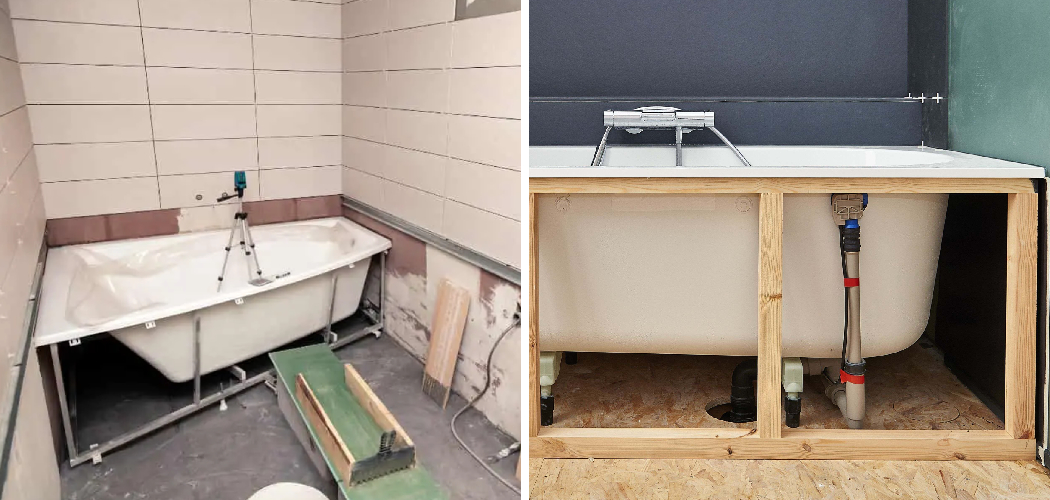Are you noticing an annoying drafty feeling in your bathroom? Or perhaps curious about how to stop a leak under the bathtub? It’s possible that there is a void underneath the bathtub and it needs to be filled. But if you don’t have any experience with these kinds of projects, you may feel intimidated or overwhelmed.
Don’t worry, though – filling this void can be done at home without too much trouble. Here are step-by-step instructions on how to fill void under bathtub!
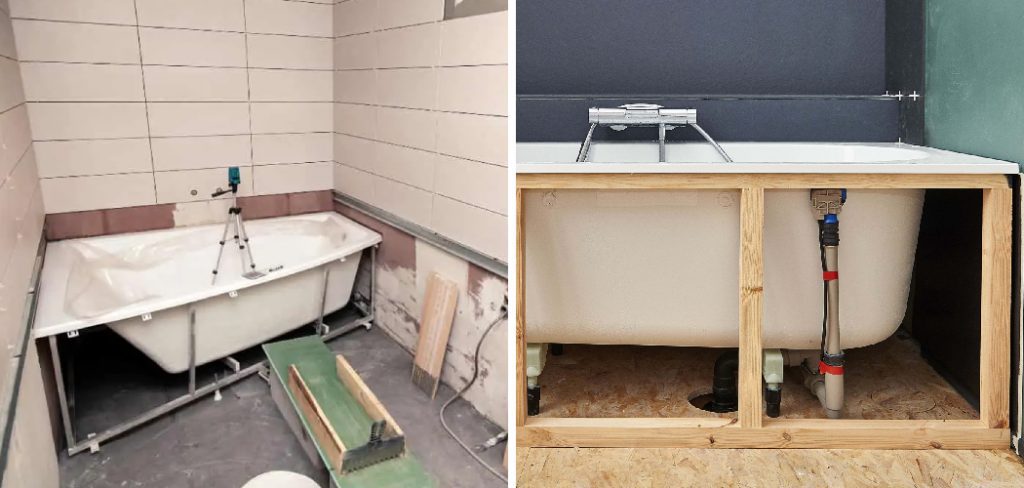
A hollow or cracked void beneath your tub can lead to potential hazards, like mold and mildew accumulation from standing water. Furthermore, these voids decrease the stability of your tub, leading to cracks and structural damage over time. While it may seem daunting at first, there are several ways you can successfully fill this area with relative ease.
In this blog post, we’ll be discussing the different materials available to fix this common home maintenance issue—so keep reading if you want to learn more!
Why is It Important to Fill Void Under Bathtub?
1. To Prevent Leaks
One of the main reasons why it is important to fill the voids under your bathtub is to prevent water from leaking through the cracks. If you don’t do this, any small amounts of water that accumulate in the void can seep into the walls or even down into the basement and cause serious damage.
By filling these gaps with a sealant or other waterproof material, you can avoid costly repairs and damage down the road.
2. To Prevent Mold and Mildew Growth
Another reason why it is important to fill the voids under your bathtub is to prevent mold and mildew growth. These materials thrive in damp environments, so by sealing up these spaces you can help keep them from growing and spreading. This will not only help you maintain a healthier home, but it can also save you money on mold remediation in the future.
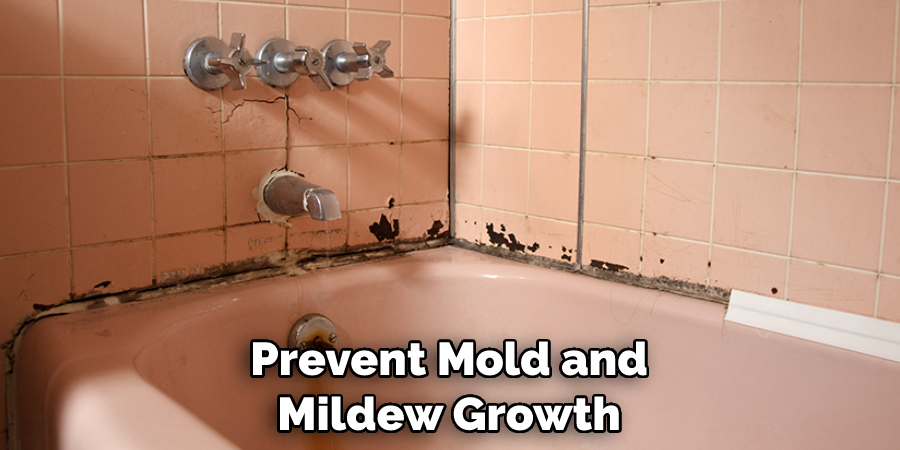
3. To Insulate Your Bathroom
Finally, filling the voids under your bathtub can also help to insulate your bathroom from outside temperatures. By sealing these areas and providing an extra layer of insulation, you can make your bathroom warmer in the colder months and cooler in the summer months. This will help keep energy bills low and ensure that your family is comfortable all year round.
Overall, filling the voids under a bathtub is an important step for any homeowner to take. Not only does it help prevent water damage, but it can also help to reduce mold and mildew growth while providing extra insulation in your bathroom. Taking the time to fill these spaces properly will provide long-term benefits and save you money in the future.
How to Fill Void Under Bathtub in 5 Easy Steps
Step 1: Gather All The Tools You Need
The very first step is to make sure you have all the necessary tools for the job. You’ll need a measuring tape, a saw, plywood, and construction adhesive. Additionally, if your void is on an external wall, be sure to purchase weatherproofing material such as foam insulation or plastic sheeting.
Step 2: Measure The Void
Using your measuring tape, measure the length and width of the void. Then transfer these measurements to your plywood sheet and cut them out using a saw.
Step 3: Cut The Plywood
Now that you have the correct dimensions for your plywood sheets use a saw to cut them according to size. Make sure they fit well into the void without any gaps. Also make sure they are firmly secured to the walls on either side.
Step 4: Apply Adhesive
Once your plywood sheets are in place, apply a generous layer of construction adhesive across the entire surface. This will ensure that your plywood is firmly secured to the underlying void and prevents any water from seeping into it.
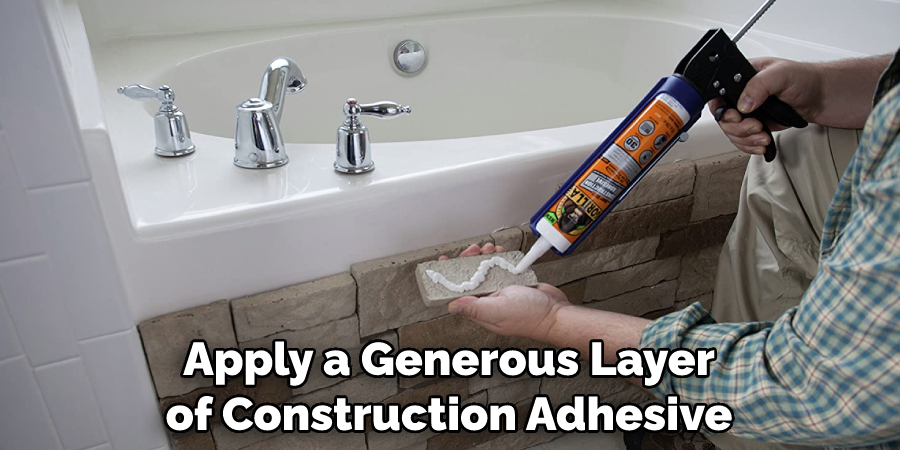
Step 5: Install Weatherproofing Material
If your void is on an external wall, you’ll need to install weatherproofing material such as foam insulation or plastic sheeting. This will help keep out any moisture or cold air that might otherwise enter your home. Be sure to follow the manufacturer’s instructions when installing this material.
Once you have followed these steps, the void under your bathtub should be filled properly. Now you can enjoy a more comfortable and safe bathroom environment.
Some Tips to Fill Void Under Bathtub
1. Do Not Pour Concrete
One of the most common mistakes when it comes to filling the void under a bathtub is pouring concrete into the space. While this may create a temporary solution, it can cause serious damage in the long run. Concrete can expand and contract with changes in temperature and humidity, which could cause the tub to shift or crack.
2. Use Expanding Foam
Expanding foam is a great option for filling voids under bathtubs. It is lightweight and can be easily molded to shape, making it an ideal choice when dealing with oddly shaped areas. Expanding foam also helps to insulate the space and prevent water damage in the future.
3. Sheet Metal Liners
Sheet metal liners are an option for those looking to create a more permanent solution. These liners fit snugly around the tub and can be filled with insulation material or concrete to secure it in place. Sheet metal liners require professional installation, so make sure you hire the right person for the job.
4. Insulate With Rock Wool
Rock wool is another great option for filling voids under bathtubs. It is an effective insulator and will also help to dampen sound coming from the tub, making it a great choice if you’re planning on remodeling or adding an extra bathroom. Rock wool also comes in various shapes and sizes, so it can be easily customized to fit your specific needs.
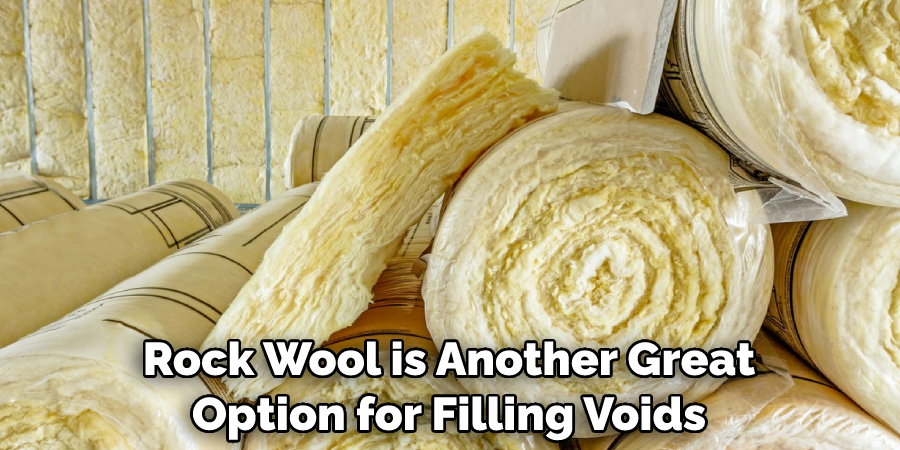
5. Use Drainage Mats
Drainage mats are an ideal option for preventing water damage in the void space beneath your bathtub. These mats are made from a material that is designed to wick away any moisture that may have built up over time, keeping the area dry and preventing mold or mildew growth.
By following these tips, you can easily fill the void under your bathtub and prevent any potential damage or water issues in the future. Whether you use expanding foam, sheet metal liners, rock wool, or drainage mats, make sure to take all necessary precautions when filling this area.
Frequently Asked Questions
What Precautions Should Be Taken Before Filling Void Under Bathtub?
It is important to make sure that the tub drain is closed off, as water can flow out from this area during the filling process. Also, it is important to make sure that any electrical circuits or wiring are not exposed before beginning the task. Finally, use a dust mask and safety goggles to protect yourself from any debris or dust that may be disturbed during the process.
What Materials Are Used To Fill Void Under Bathtub?
The most common material used to fill voids under bathtubs is expanding foam sealant. This can effectively and easily fill up any gap between the tub and floor, creating a solid bond that will last for a long time. Additionally, it is important to make sure that the sealant adheres properly to all surfaces in order to ensure a proper and secure fit.
How Is The Void Under Bathtub Filled?
First, use masking tape or newspaper to cover any areas around the void that you don’t want to get sealant on. Next, cut the end off of the expanding foam and attach it to a caulking gun. Then, fill in the void with foam sealant, making sure to press firmly against all edges in order to create an airtight seal. Finally, allow the foam to fully expand and dry before using the bathtub again.
What Are The Benefits Of Filling Void Under Bathtub?
Filling voids under the bathtub can help to prevent water damage, as it seals any gaps that may allow moisture or water to seep in. Also, it creates a stronger bond between the tub and the floor, making it less likely for any movement or shifting to occur. Finally, it can also help to keep out any insects or pests that may be trying to make their way into the bathroom through small gaps.
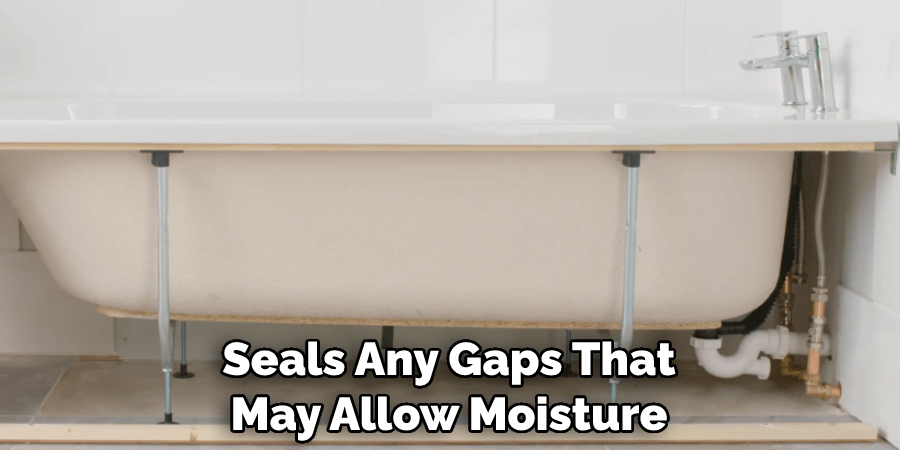
Conclusion
In conclusion, filling a void under a bathtub is something that anyone can do with the right mindset and tools. If you decide to go on your own-home DIY adventure, prepare for it mentally and gather the required tools. A drill bit, screwdriver, mortar mix, leveler and brick saw can be very useful in this endeavor.
Research proper techniques and take the necessary safety precautions when doing any sort of construction project in your home.
Now you know how to fill void under bathtub! It might be daunting at first but following step by step instructions will yield great results provided that the job is done correctly! Don’t forget to use sealants as well to ensure that no water leakage happens while you’re using the bathtub! Hopefully these tips have given you an idea on how to fill a void under a bathtub with ease and success!

